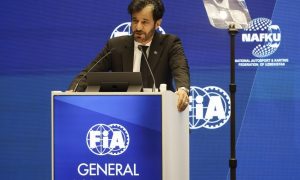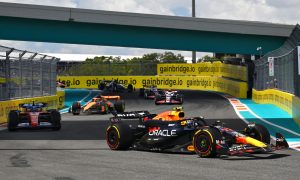
The FIA's World Motor Sport Council formally rubber-stamped a raft of cost-saving and regulation changes covering Formula 1's present and near-term future.
As expected, next year's long-awaited budget cap will be introduced with a $145 million limit that will drop to $140 million in 2022 and then to $135 million for the following 2023-2025 period based on a 21-race annual schedule.
Furthermore, to help mitigate the sport's economic downturn due to the coronavirus crisis, a freeze is applied to a large list of components, including chassis, gearbox, a number of mechanical components and impact structures, between 2020 and 2021
Aerodynamic testing restrictions (ATR) shall be implemented from 2020, with a token system set up to allow for a very limited number of modifications.
Additional restrictions include limits on power unit upgrades in 2020; provisions for “closed” and “open” events and the relevant regulatory structure for each (e.g. personnel at the paddock), depending on whether such events permit spectators; various updates relating to tyre regulations, with provisions to allow for tyre testing during Free Practice 2 should it be necessary to approve a new tyre specification by Pirelli and the extended use of P140 tyres in the case of a wet Free Practice 1 session.
For 2021, changes to the plan-view trim and simplification of the floor ahead of the rear tyres in order to moderate the increase of downforce between 2020 and 2021.
Minimum F1 car weight will also rise from 746kg to 749kg, despite teams carrying over their 2020 chassis designs to 2021.
From 2021, there will be a further reduction in aerodynamic testing, and the introduction of a bias between championship position and ATR limitations. The ATR bias will be linear between P1 and P10, meaning that front-running teams will get less aero testing relative to the teams finishing further down the championship standings.
Gallery: The beautiful wives and girlfriends of F1 drivers
Keep up to date with all the F1 news via Facebook and Twitter






